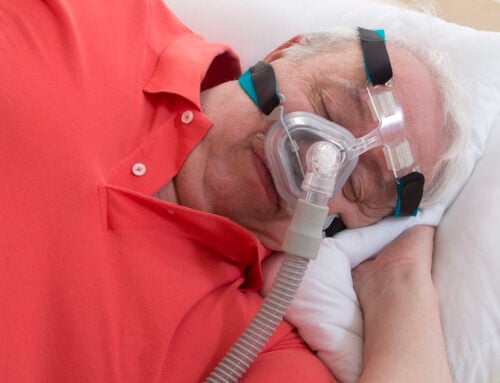Being Proactive About Osteoporosis
Osteoporosis is a disease that impacts the bones. The condition is notable for causing bones to become weak and break easily. While osteoporosis can happen in adults of both genders, the condition is more common in women. Most people assume that osteoporosis is a condition that occurs suddenly in older individuals and is unavoidable. But the opposite is true. Taking proactive steps before the onset of old age can reduce the risk of developing osteoporosis later in life.

Ethnicity and osteoporosis
While women overwhelmingly make up the largest group of people diagnosed with osteoporosis in the United States, research shows that ethnicity and race can also have an impact on a woman’s likelihood of being diagnosed with bone disease. Although women of any ethnic background can develop osteoporosis, Caucasian women have the highest risk. Specifically, an estimated 20% of Caucasian and Asian American women who are age 50 and older have the disease. And more than half of Caucasian and Asian American women who are 50 or older have a low bone mass.
Lactose intolerance plays a part
Poor calcium levels can contribute to a woman’s risk of developing osteoporosis over time. So, even though African American women have the lowest rates of bone disease at just 5% of the population of women over the age of 50, the cohort has some of the highest lactose intolerance rates across ethnicities. Roughly 70% of African Americans are lactose intolerant, which means that consuming dairy to get calcium can be difficult. Also, roughly 90% of Asian Americans are lactose intolerant, whereas only 15% of Caucasians are lactose intolerant. For people with lactose intolerance, consider incorporating other calcium-rich foods such as spinach, kale, salmon, and soybeans. But keep in mind that the body needs vitamin D to properly absorb calcium. So, also add fatty fish like tuna or even vitamin D-fortified orange juice or soy milk.
Lifestyle choices matter
Most people know that smoking is bad for overall health. But evidence has shown that smoking can speed up bone density loss as compared to nonsmokers. Likewise, heavy alcohol consumption can slow bone regeneration and encourage the risk of falling. Also being too thin or overweight can impact a woman’s chances of being diagnosed with osteoporosis.
Preventing osteoporosis
While a family history of osteoporosis, pre-existing medical conditions, and lifestyle choices are all factors that increase the risk of bone loss, engaging in healthy proactive behaviors earlier on are smart forms of prevention. Along with eating a diet rich in calcium and vitamin D, women are encouraged to exercise to help improve balance and keep bones healthy. Women with a family history of osteoporosis or who are concerned about potentially being diagnosed with the disease should speak with a physician to learn more information and develop a proactive prevention plan.




